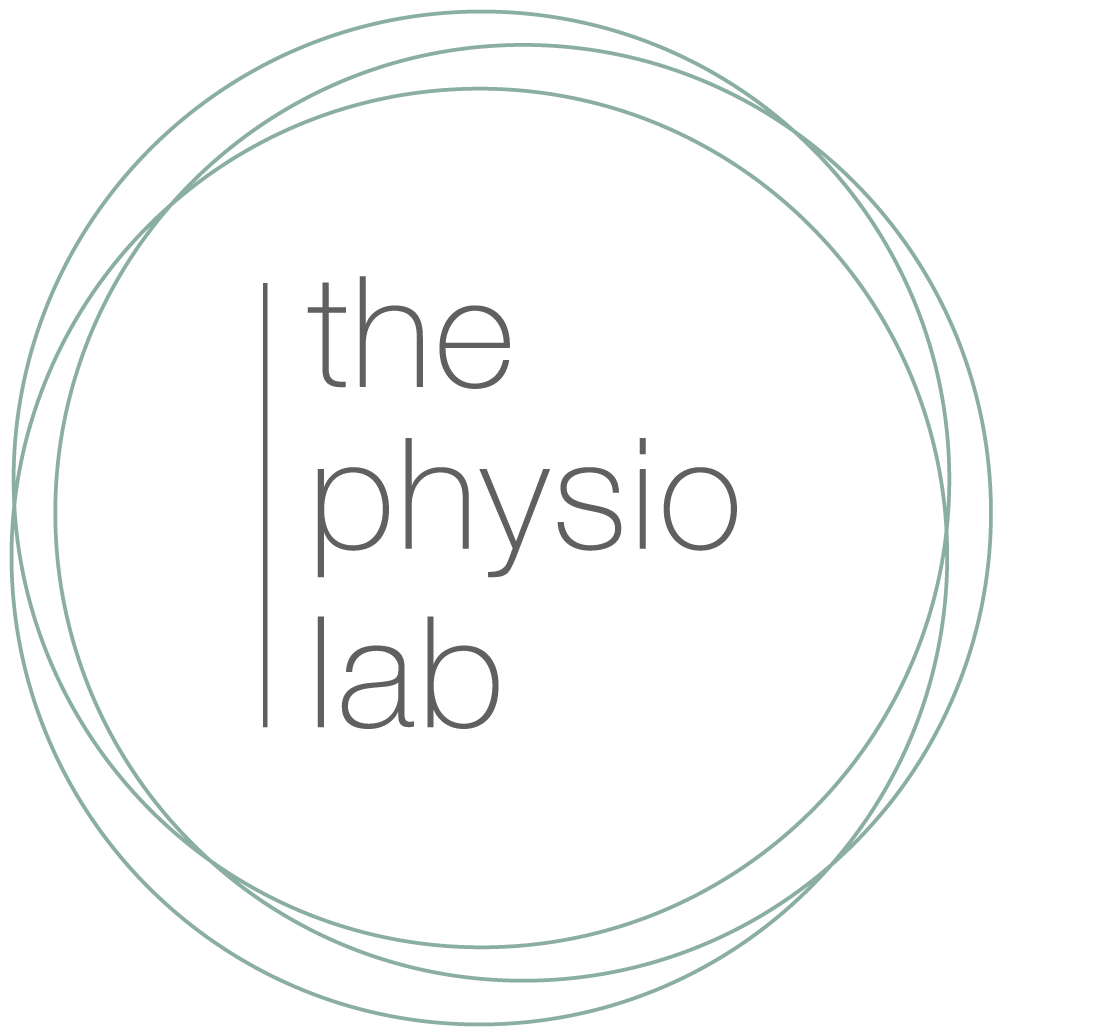Plantar fascia pain (heel pain) is a common foot condition characterised by inflammation in an acute setting and often as a result of poor loading strategies in persistent cases. This condition can cause intense heel pain and discomfort (usually first thing in the morning), impacting daily activities and overall quality of life.
The plantar fasciia is a is a band of tissue connecting your heel bone to the base of your toes. It helps support the arches of the foot (medial and lateral) and helps absorb shock when walking. This condition is often mistakingly attributed to the presence of heel spurs that have been found on xray. Managing plantar fascia pain involves a comprehensive approach that combines lifestyle and activity modifications, targeted exercises and pain management strategies.
What is the cause?
Plantar fascia pain often occurs due to a combination of events such as:
increased/decreased loads - more or less training, recent holiday/break from exercise
changes in regular physical activity - length of run, different terrain, new shoes etc
previous subsequent injury
background of altered loading or mechanics
While it is important to address these changes with short term activity modification, identification of factors influencing movement are essential. Muscle strength, tissue tolerance/capacity and biomechanics play a large role in the successful management of plantar fascia pain. A whole body understanding of loading mechanics including the knee, pelvis and trunk make up an often-overlooked part of the rehabilitation process. Your physio should definitely be assessing these areas in chronic cases that have become recurrent in nature.
Strengthening Exercises:
Strengthening the muscles in the foot and calf often are the primary goal of rehabiliation and can contribute to improved stability and support for the plantar fascia. Exercises such as toe curls, marble pickups, and calf raises can be incorporated into a daily routine.
In addition, other areas that should be addressed when managing plantar fascia pain include:
ankle and knee stiffness
ability to control movement through the hips and trunk and thorax
assessing tissue capacity and assist in developing improved loading mechanics
Pain management strategies:
Additionally, massaging the foot with a tennis ball or a frozen water bottle can provide temporary pain relief with acute flare ups. The use of ice can provide a short-term analgesic response and is best used during flare ups or post exercise.
Other treatment options that should be conisdered for acute foot pain are:
manual therapy to help manage stiff and tight joints and muscles
use of tape to help unload/reload the foot
heel raises or off-the-shelf orthotics for temporary support
use of non-steriodal anti inflammatory (NSAIDs) medications and creams
Effectively managing plantar fascia pain involves a combination of lifestyle adjustments, targeted exercises, and, in some cases, medical interventions. It is essential to consult with a physiotherapist to determine the most appropriate and personalised treatment plan. By incorporating these strategies, individuals suffering from plantar fasciitis can experience significant relief and regain control over their foot health.

